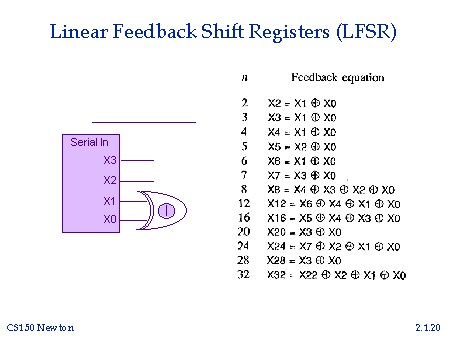

The main advantage of these systems is that, due to their chaotic nature, they have the properties of ergodicity: high sensitivity to the initial conditions and random-like behavior that are related to the properties of confusion and diffusion that are considered to be essential in any cryptosystem. Some of the most promising stream ciphers use chaotic maps to generate the keystream. To decrypt the message, an identical system with the same seed is used to generate a duplicate keystream that is XORed with the encrypted message. Each bit of this sequence is then combined with a bit from the message using an XOR operation.

In these ciphers, a seed (key) is used in order to generate a pseudorandom sequence (keystream). Because of this fact, stream ciphers usually have less stringent memory requirements than other kinds of ciphers, which results in cheaper implementation in certain applications such as Internet of Things (IoT) devices in wireless sensors networks (WSN). In a stream cipher, bits or bytes are encrypted individually and it is not necessary to store blocks of data before their processing, as typical block ciphers do because they cannot directly cipher blocks that are shorter than their block size. Usually, stream ciphers are used when a high encryption speed is required or when the amount of data is unknown. Due to the necessity of encrypting high amounts of data in real time, there has been an increasing interest in cryptography in the last decades.


 0 kommentar(er)
0 kommentar(er)
